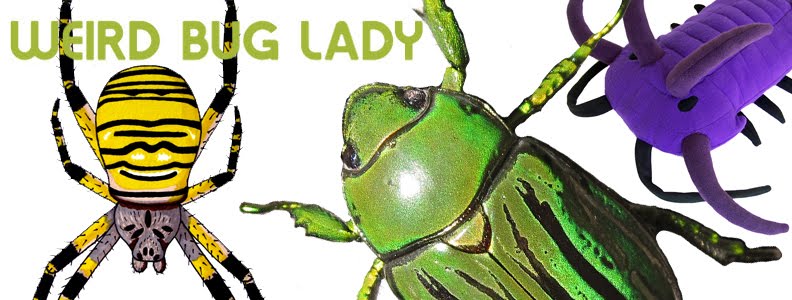
I spent about half of my time in Ecuador at the
Yanayacu biological station and center for creative studies. It is located in the Andes, approaching the cloud forest - meaning cool temperatures (50s to 70s), not a lot of sunlight, and frequent rain. I actually spent a lot of time wearing my swe

atshirt, hat and gloves! We were accompanied by the research station staff and two dogs (Beans [on the left] and Rain); after a few days a college class from Colorado joined us. I wasn't sure what to expect from a research station up in the forest, but with a hot shower, warm blankets and three meals a day, I was pleasantly surprised.
Despite the somewhat depressing weather, the scenery was gorgeous and the wildlife was breathtaking. The mountains were in various states of visibility, sometimes disappearing completely behind the clouds. There were plenty of places to hike, allowing us to spend hours wandering through the forest. Luckily at that elevation (about 2000 feet), there aren't too many dangerous animals. No venomous snakes or large wildcats to worry about, so even exploring at night with headlamps was encouraged.

The research conducted at the station varies from birds, to insects, to anything a passing scientist wishes to delve into. One big project is CAPEA (Caterpillars and Parasitoids of the Eastern Andes in Ecuador). It is connected to a series of other projects in other localities involving caterpillar parasitism, focusing on taxonomy and ecology. When I went to Arizona this past summer, they were conducting this research at the Southwestern Research Station. They use the help of
Earthwatch volunteers, who assist in collecting and rearing the caterpillars. If you are interested in spending your vacation in a cool place where you can help a research team, you should check out
Earthwatch. This is the particular expedition that goes to the
Yanayacu station. Or even if you just want a place to relax and experience the wildlife of Ecuador without needing a fancy hotel or a guide, you could contact Yanayacu. It is also a great place for artists looking for inspiration. I will talk a bit about how I got involved in the "creative studies" aspect of the station in a future post.
 If you're a tarantula hawk wasp, baby-food for your young is a full grown tarantula.
If you're a tarantula hawk wasp, baby-food for your young is a full grown tarantula.
























